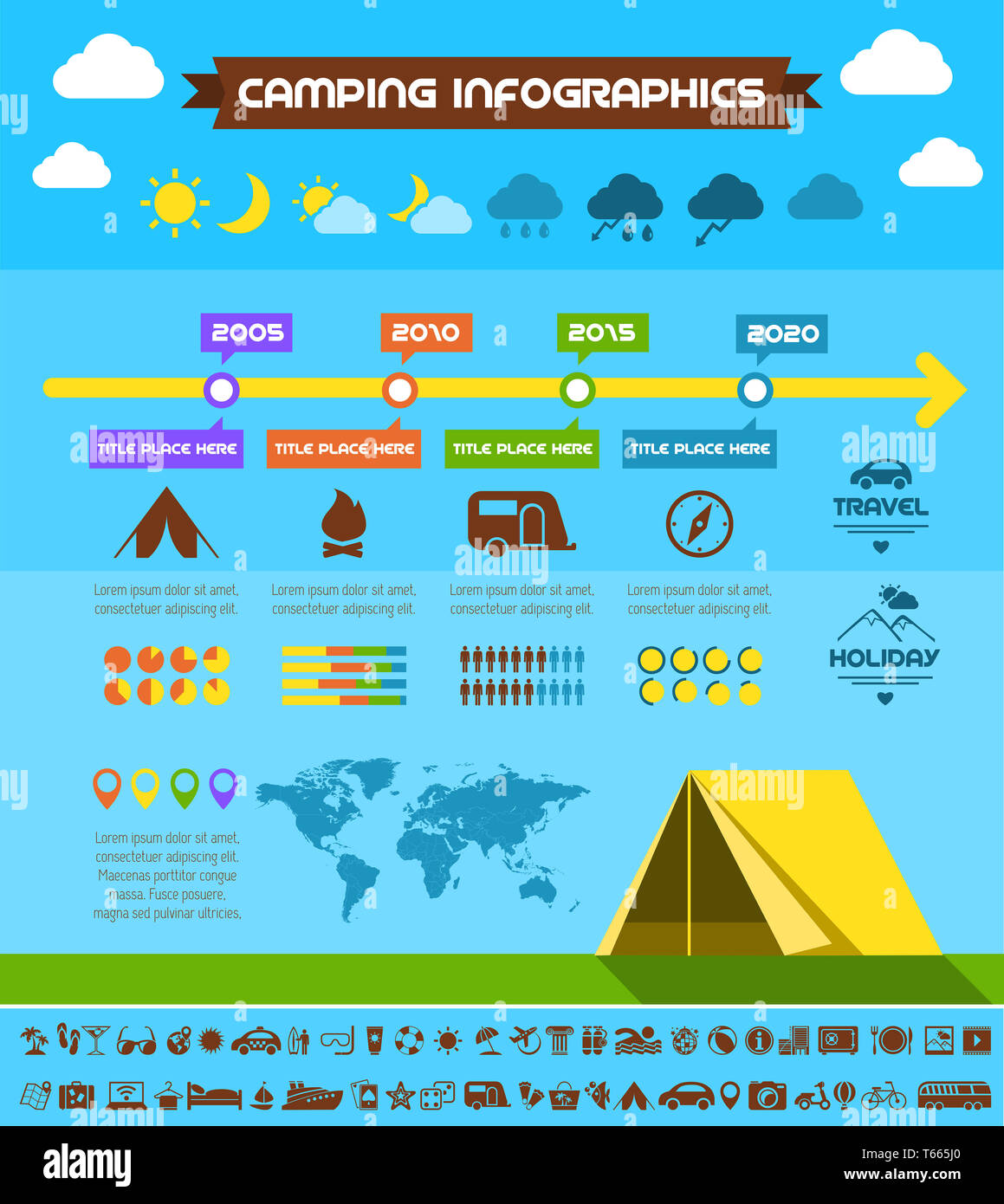Bell camping tents are coming to be progressively prominent as functional, stylish shelters for outdoor camping and glamping. Yet what's the history behind this enduring design?
How often should a tent be waterproofed?
Henry Hopkins Sibley patented the single-pole conical camping tent that we understand as a bell tent. Nevertheless, he abandoned to the Confederacy and never got his aristocracies.
Inevitably, someone else added short wall surfaces to the cone canopy and created what we currently know as a bell camping tent.
Beginnings
The appeal of bell tents is expanding, and they're now a staple at camping celebrations and as elegant yard retreats. Their large insides provide a flexible home from home atmosphere that's excellent for families and groups of pals, while the round layout assists with stability in strong winds.
The style of the contemporary bell outdoor tents can be mapped back to military camping tents made use of by European militaries during the Crimean War in 1853-1856. Then, in America, a soldier called Henry Hopkins Sibley patented a similar framework that attracted inspiration from American Tipis.
Both designs are still being used today. Nevertheless, Sibley camping tents vary from their even more recent cousins because they have side wall surfaces and an elevated larger entry. Sibley tents also rely on a single central post for assistance that makes them less complex to establish yet restricts arrangement alternatives.
Objective
Bell outdoors tents' unique form and sizable insides make them the excellent selection for a wide variety of outdoor activities. Whether you're hosting a yard camping party, glamping at a remote natural retreat or taking place an impressive fantasy-inspired journey, the convenience of these outdoors tents makes sure that your experience will fit and elegant.
The bell-shaped camping tent was initially patented in 1856 by Henry Hopkins Sibley, that had actually created the style after observing Indigenous American tipi camping tents. Nevertheless, he resigned from the United States Army at the outbreak of the Civil War, forfeiting his rights to future royalties.
Ever since, the design has become a staple of many glamping experiences. These luxurious tents usually include luxurious bed linen and en-suite restrooms, providing campers the opportunity to enjoy nature without sacrificing comfort.
Layout
In the contemporary, bell camping tents have experienced a resurgence in appeal, as individuals look for a more immersive outdoor experience. They are made use of in a range of settings, including camping, glamping, and occasions. Their special shape, spacious insides, and fairly easy assembly make them a preferred selection for those seeking a stylish, historical style to their outside experiences.
The distinctive form of a bell outdoor tents produces high ceilings and ample clearance, making it comfortable to stand up in and walk around. Furthermore, the center post is not positioned near the entryway of the tent, permitting more personal privacy and room inside the shelter.
The bell outdoor tents style traces back to an American soldier named Henry Hopkins Sibley, that was influenced by Native American tipi outdoors tents when establishing his variation of the bell camping tent in 1856. His style was a significant renovation over standard army camping tents, which were difficult to move because of their complicated building and construction.
Materials
In modern-day times, Bell Tents are crafted from superior materials that are created for lasting durability. This is why they are a preferred choice amongst recreational campers, festival-goers, and glampers alike.
In the 19th century, a United States Army police officer named Henry Hopkins Sibley adjusted conventional tents right into what is now called the modern bell outdoor tents. He based his design on Indigenous American Tipi structures, including short wall surfaces to the central post frame that made it extra stable.
Today, polycotton how to build a tent canvas is an usual material made use of in the building of bell tents. This mix of cotton and polyester offers a large range of advantages, including breathability, premium weather condition resistance, and much easier upkeep than pure cotton canvas. This textile is also long lasting and abrasion-resistant. It is thicker than most nylon materials, however, which can make it heavy and more expensive than regular tents.
Modern
In modern day, the popularity of Bell Tents has actually exploded thanks to glamping websites and events offering up these large tents for couples, teams and families to take pleasure in. The visual appeal and longevity of these circular camping tents are appealing to numerous campers.
Whether it be rainfall or wind, these tents hold their own versus the components. Commonly, they're made with canvas that is treated to secure versus moisture, mildew and UV rays.
How do you waterproof a canvas tent?
It isn't clear exactly when these camping tents were invented, however it's widely understood that they're a variation of a Sibley outdoor tents - named after Henry Hopkins Sibley, that adapted the layout of the American Indian tipi. It is thought that whoever included short wall surfaces to Sibley's cone cover was in charge of the creation of the bell outdoor tents as we know it today.
